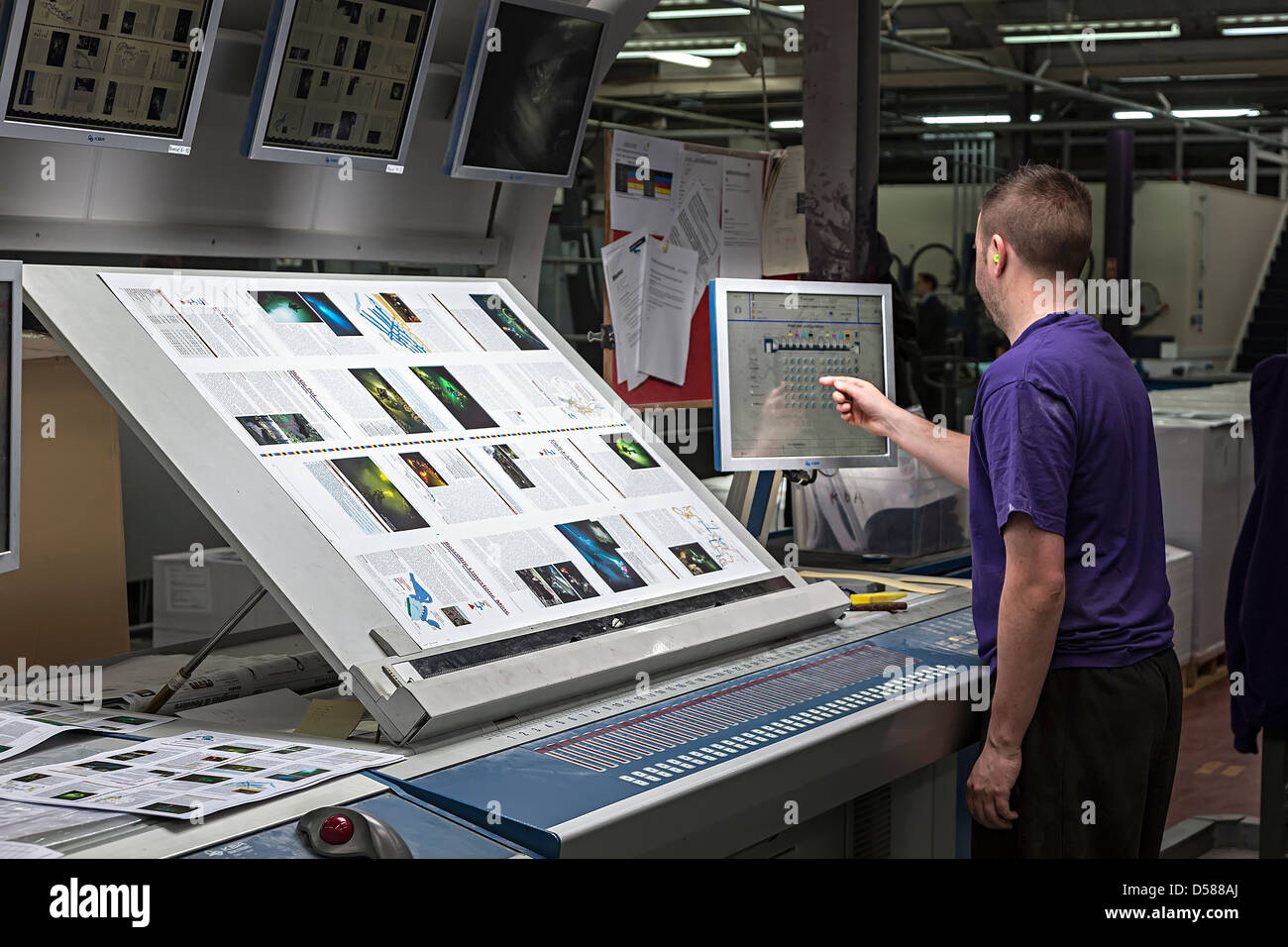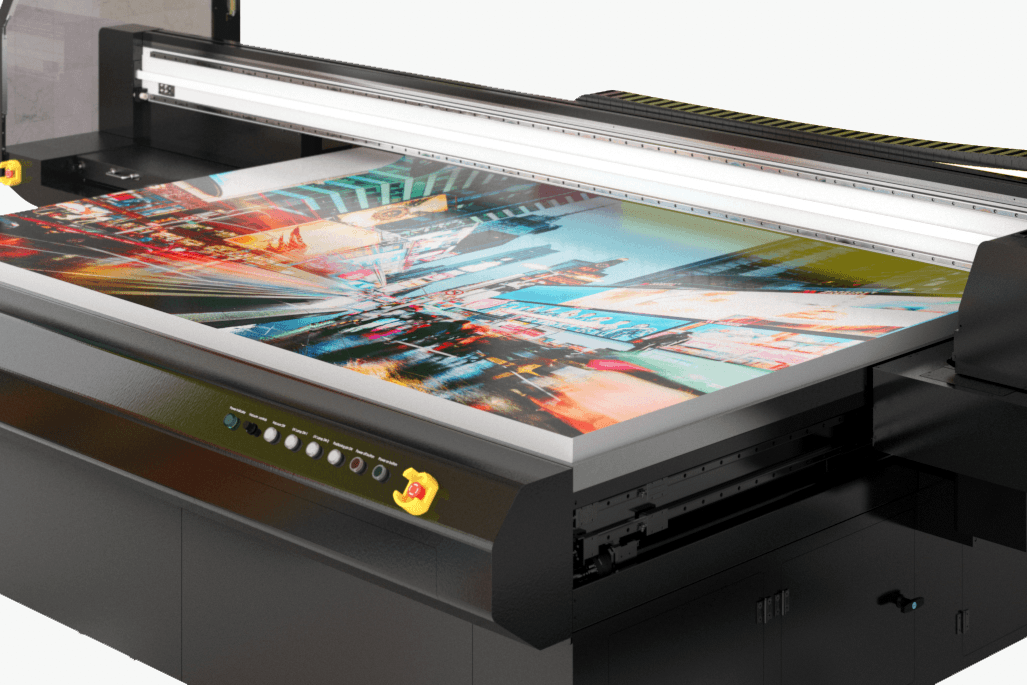Sustainable and Low-Impact Options in litho printing
Sustainable and Low-Impact Options in litho printing
Blog Article
A Comprehensive Overview to Understanding Litho Printing Strategies
The globe of litho printing, a technique stemming from the late 18th century, is a remarkable blend of history, scientific research, innovation and art. This extensive overview will certainly unwind the intricacies of this printing method, from the composition of litho inks to the obstacles dealt with in modern applications. As we venture right into the ins and outs of lithography, the relevance of automation and sustainability in guaranteeing its future relevance becomes increasingly clear. Stay with us as we trip right into the exciting realm of litho printing.
The Historic Evolution of Litho Printing
The historic trajectory of litho printing, an essential advancement in the realm of communication, is a fascinating story of human ingenuity. Birthed in the late 18th century by Alois Senefelder, this strategy was at first an economical method of releasing theatrical works. Lithography, obtained from the Greek words for 'stone' and 'to write', made use of a smooth rock surface to transfer photos onto paper. The procedure evolved with the arrival of the rotating press, which substantially enhanced performance (litho printing). In the 20th century, the development of countered lithography reinvented the market, permitting automation of top notch prints. Each stage of litho printing's evolution showcases mankind's relentless search of efficiency and high quality in aesthetic communication.
Decoding the Scientific Research Behind Litho Printing Inks
Progressing in the exploration of litho printing methods, the emphasis now moves to the scientific research behind litho printing inks. The make-up of these inks, their drying out process, and shade mixing strategies develop the foundation of this intricate art type. Understanding these aspects is essential to mastering the craft and achieving the wanted print outcomes.
Composition of Litho Inks
In lithographic printing, the fundamental role of litho inks can not be overemphasized. The make-up of litho inks varies depending on its objective, yet generally, they are composed of two primary parts - cars and pigments. Pigments, the color-providing components, are carefully ground fragments suspended in the lorry, a fluid that brings the pigment onto the printing surface. The automobile is an intricate combination of solvents, materials, and oils, which influence the ink's drying out time, attachment, and gloss. In addition, numerous ingredients exist to enhance certain residential properties like circulation, drying, and resistance to environmental effects. Each element plays a critical part in the final print's quality, making the precise formula of litho inks a detailed science.
Ink Drying Refine
From the composition of litho inks, interest turns to the remarkable procedure of ink drying out. 2 primary techniques are made use of in litho printing: oxidative drying and absorption. Absorption, on the other hand, entails the ink leaking right into the paper fibers, which is a faster procedure but can lead to less vivid colors.
Color Mixing Methods
While the drying out procedure plays an essential role in litho printing, the scientific research of color mixing techniques holds equivalent significance. The science behind litho printing inks additionally takes into account the openness of the ink, which influences how colors overlay and mix.
The Art and Design Elements in Litho Printing
Litho printing breathes life into art and layout through its special aspects. Litho printing fits a range of shades, allowing musicians to develop lively and dynamic prints. This combination of accuracy and versatility makes litho printing a favored selection for many artists and designers.
Modern Applications of Litho Printing Strategies
Litho printing methods have actually discovered extensive usage in the contemporary industrial market. Its impact and importance proceed to expand with the advent of new innovations browse this site and modern technologies in the area. This area will explore these contemporary applications and the transformative role they play in the printing sector.
Industrial Litho Printing Makes Use Of
In today's digital age, one may question the relevance of traditional printing techniques. Yet, litho printing continues to be an essential component of the business industry. High-volume printing tasks, such as the production of publications, papers, and packaging, count on litho printing for its capability to deliver premium picture high quality and expense performance. The procedure, which entails transferring a tattooed photo from a plate onto a rubber covering and afterwards to the printing surface, uses unparalleled consistency. This makes it excellent for work calling for a huge print run. Litho printing also offers a broad color range, above that of electronic printing. This makes it the site link go-to selection for projects that require lively, high-grade color reproduction.
Developments in Litho Printing
Pressing the borders of conventional methods, modern-day improvements have fueled a host of developments in litho printing. One prominent growth is digital litho printing, which incorporates the merits of electronic innovation with litho's premium result. These technologies underscore the enduring importance of litho printing in the modern world.
Discovering the Refine of Litho Printing: Detailed

Challenges and Solutions in Contemporary Litho Printing

Regardless of the accuracy and tradition that litho printing proudly maintains, it is not without its collection helpful hints of modern difficulties. Digital litho printing permits for cost-efficient brief runs and very easy customization, dealing with the problem of variable information. Hence, while there are obstacles, the litho printing sector is proactively adjusting to satisfy them head-on, ensuring its significance in the future.
Verdict
Finally, litho printing, with its abundant background and clinical ins and outs, holds a considerable area in the print sector. As the guide discloses, it's a synthesis of art and innovation, with modern-day developments guaranteeing its importance. Nonetheless, the industry faces difficulties that call for ingenious solutions, with a focus on automation and sustainability. The future of litho printing pivots on its ability to adjust to these transforming needs, verifying its enduring worth in a developing market.

Report this page